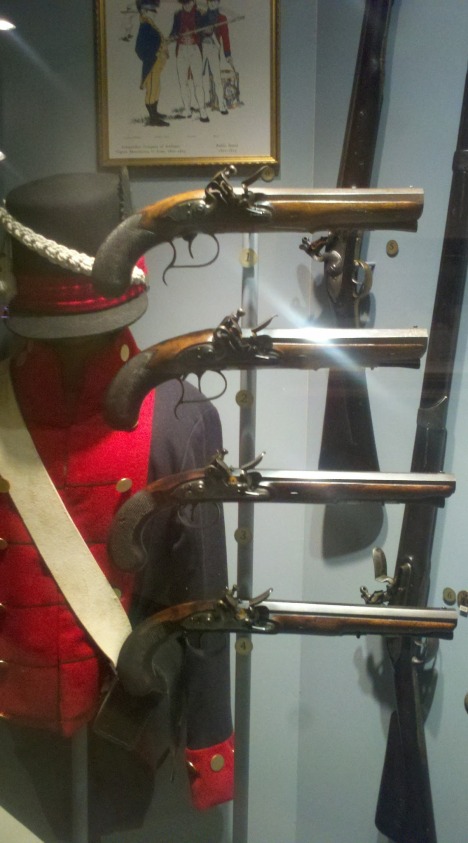This Guardian article details at least one set of layers of Denialism about Anthropic Global Warming (AGW). I dropped the phrase climate change for most part when I learned that Frank Luntz had coined it in order to obfuscate the direction of the change. Rather than just re-iterate the Guardian article which is a good read, I will annotate my opinions on the stages.
Stage 1: Deny the Problem Exists
Most people are beyond this stage. There is too much anecdotal evidence out there such as melting glaciers rising high tide lines to completely dispute the phenomenon. But every winter some congressman brings a snowball into the chambers to have a good laugh at all those pointy headed on-the-take climate scientists.
Stage 2: Deny We’re the Cause
The key word in AGW is “anthropic”. Climate changes all the time because of long term patterns, volcanic activity, sunspots, etc. What is more important to recognize is that for at least a century now we have been pumping ever increasing amounts of carbon dioxide and other chemicals into the atmosphere.
Stage 3: Deny It’s a Problem
Here is where we start hitting regions of debateability. Clearly the Bangladeshi are fucked. But they always have been. This is just one more reason that being poor in southern Asia is a bad lifestyle choice. However the people in Miami Beach, Norfolk, and eventually Manhattan’s Lower East Side are going to realize that being near navigable bodies of water is no longer the economic benefit it used to be. However we do have a lot of sunk economic infrastructure in areas which will eventually be under water.
Stage 4: Deny We can Solve It
Many of these arguments start to delve into the geopolitical realm. Without China and India getting on board, there isn’t much traction that can be made. And they are rightfully suspicious in claims that they need to curtail their climb up the prosperity curve for our sake. And also, some of the geo-engineering ideas such as large scale sequestration are just scary.
Stage 5: It’s too Late
Here is the argument I am most sympathetic to. We may have already passed the point of no return on some parameters. There are djinnis which just can’t be put back in the bottle. However, we really don’t know where the irreversible catastrophic lines in the sand are. Both climate and weather are chaotic systems and responses are non-linear. But fatalism is never a good look.
Personally I feel that climate change denialism is an astroturfed phenomenon created by the resource extraction industries to obfuscate their role in the unfunded externalities disaster which is impending. But that’s just my opinion, I could be wrong.
On a philosophical level, dealing with AGW requires cooperation on a global governmental level which is anathema to certain political philosophies. And some can be rightfully fearful of AGW as a camel nose under the tent way to impose radical systemic political change. But in the past we have accepted environmental regulation as qualified benefits to society. Clean air and water are luxury goods but we should allow ourselves to afford them. And a stable (if changing) climate is perhaps the biggest factor of life on earth we have taken for granted hitherto.
Recommended Reading
Climate change as a science fiction topic has been around for decades depending on how far back you want to take it. Lots of post-apocalyptic nuclear novels are easily translatable to the current crisis. But here are some which have focused on contemporary interpretations.
Earth by David Brin. Here the metaphor is a scientist-caused event which could destroy the earth, but the surrounding world-building of the near future is amazingly prescient for a novel written in 1991.
“Science in the Capitol” series by Kim Stanley Robinson. This trilogy envisions ever greater calamities being inflicted on Washington, D.C. In Forty Signs of Rain the region is flooded with rains of Biblical rage. The follow-up Fifty Degrees Below envisions near-Day After Tomorrow levels of cold. The final volume Sixty Days And Counting is just pure geo-engineering porn once world politicians realize Something Must Be Done.
While not directly climate change related, Ship Breaker by Paolo Bacigalupi takes place along the Louisiana coast after New Orleans has drowned and the remaining area has devolved to a scavenging economy similar to the ship breaking yards in India.
Filed under: Uncategorized | Tagged: climate change | 27 Comments »


















